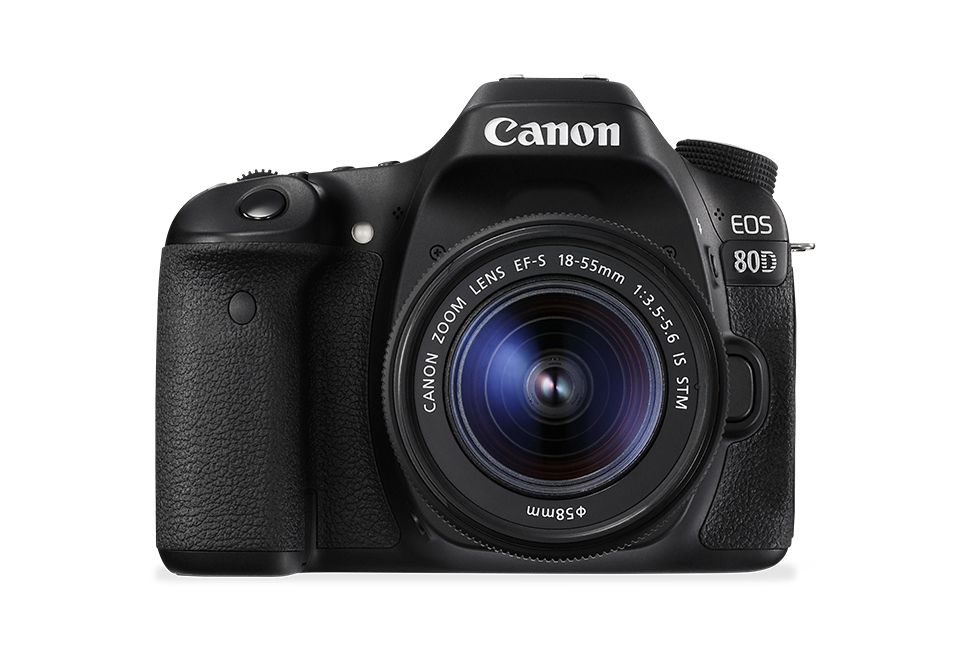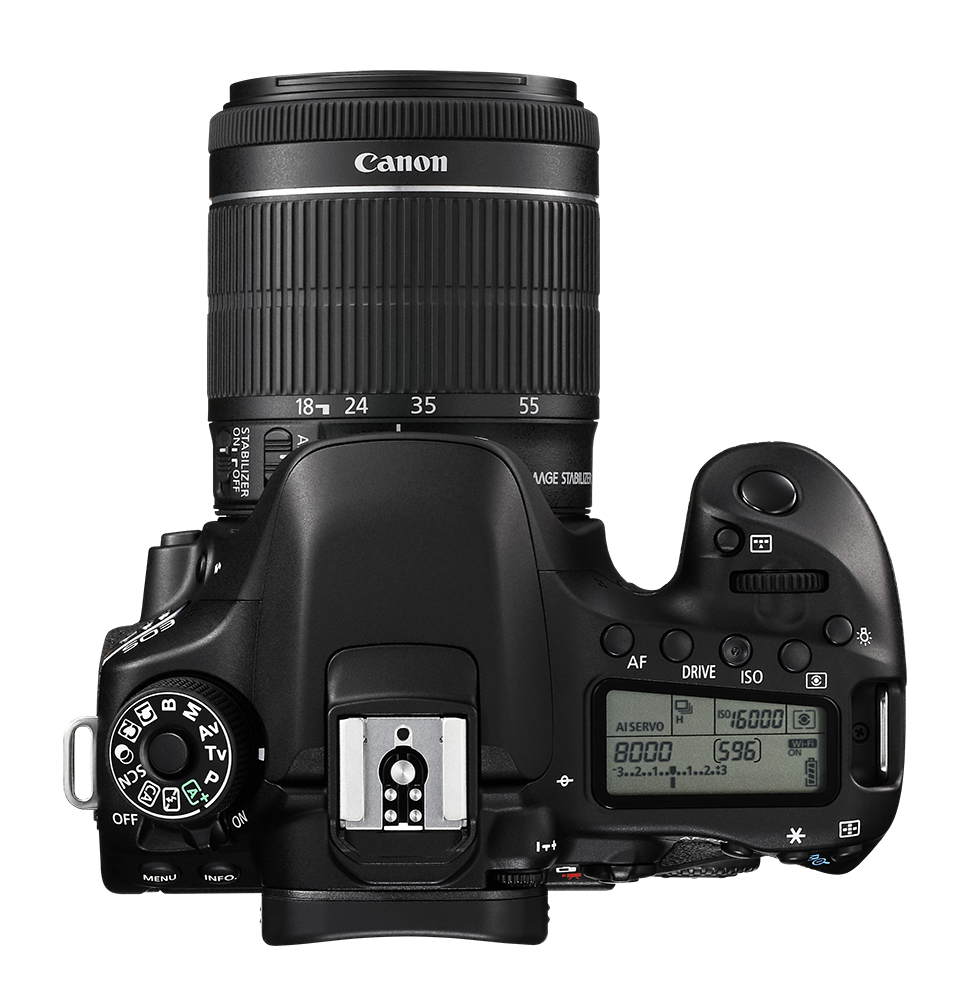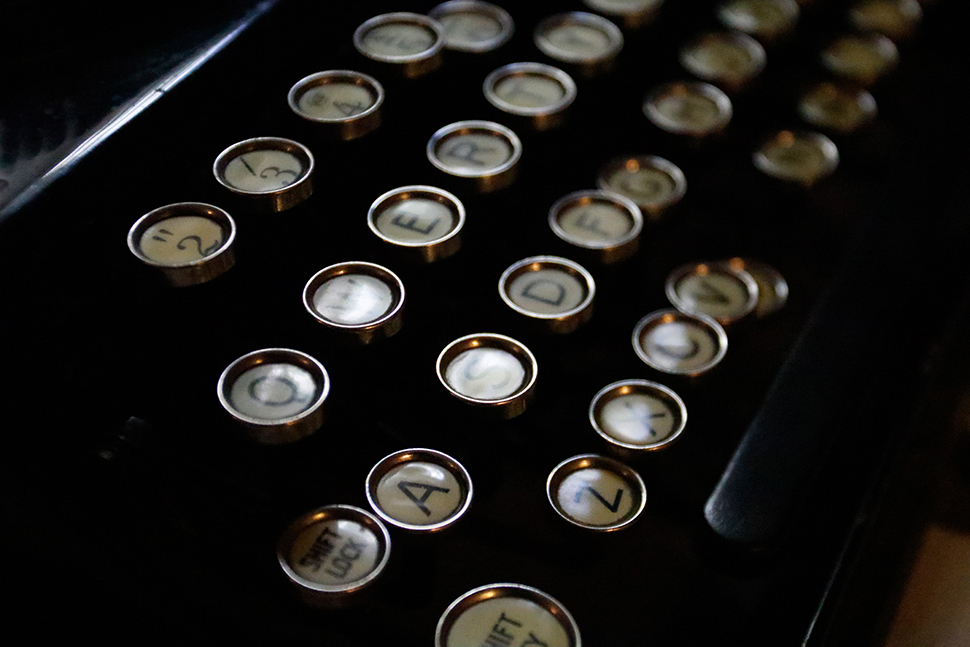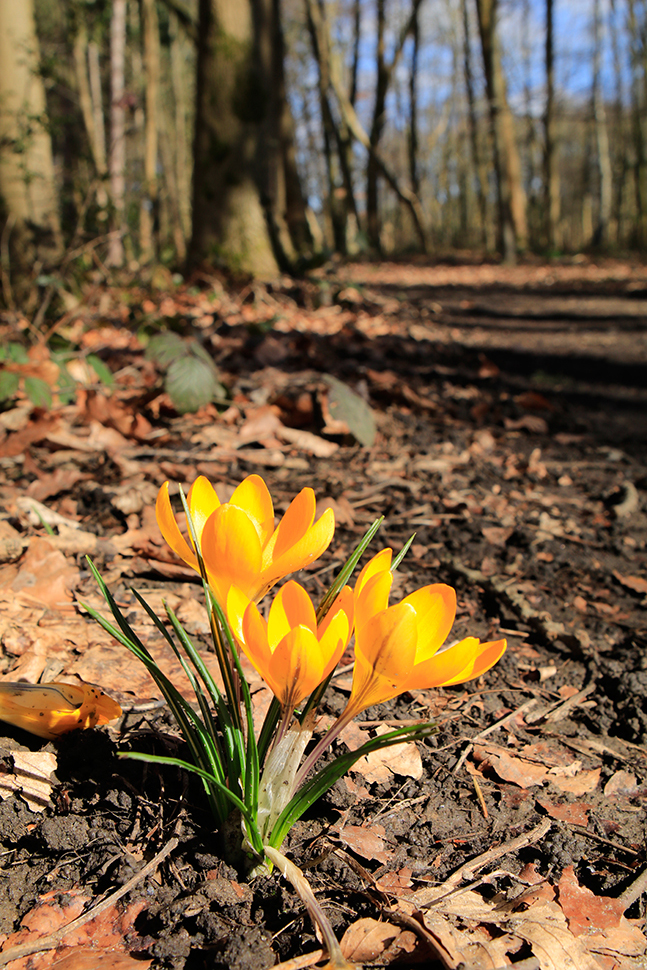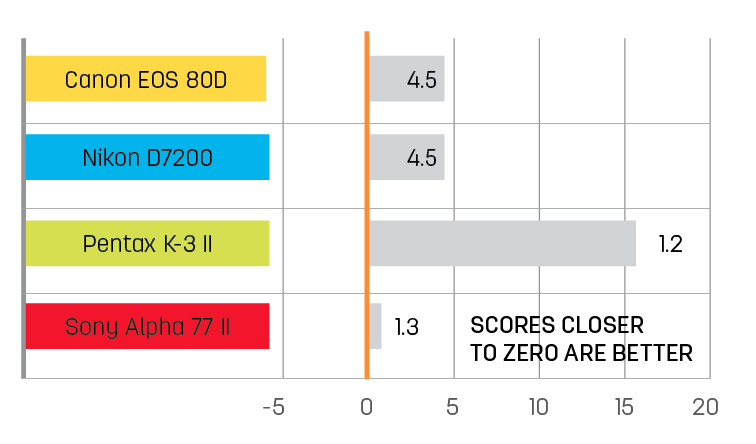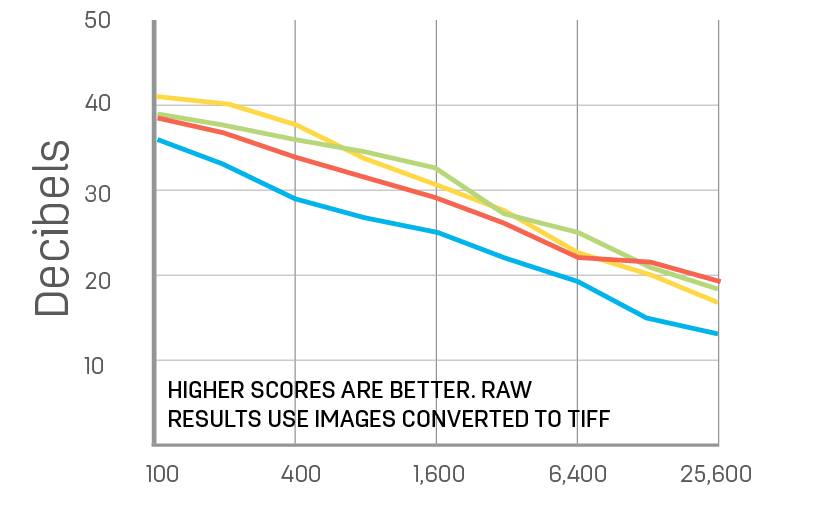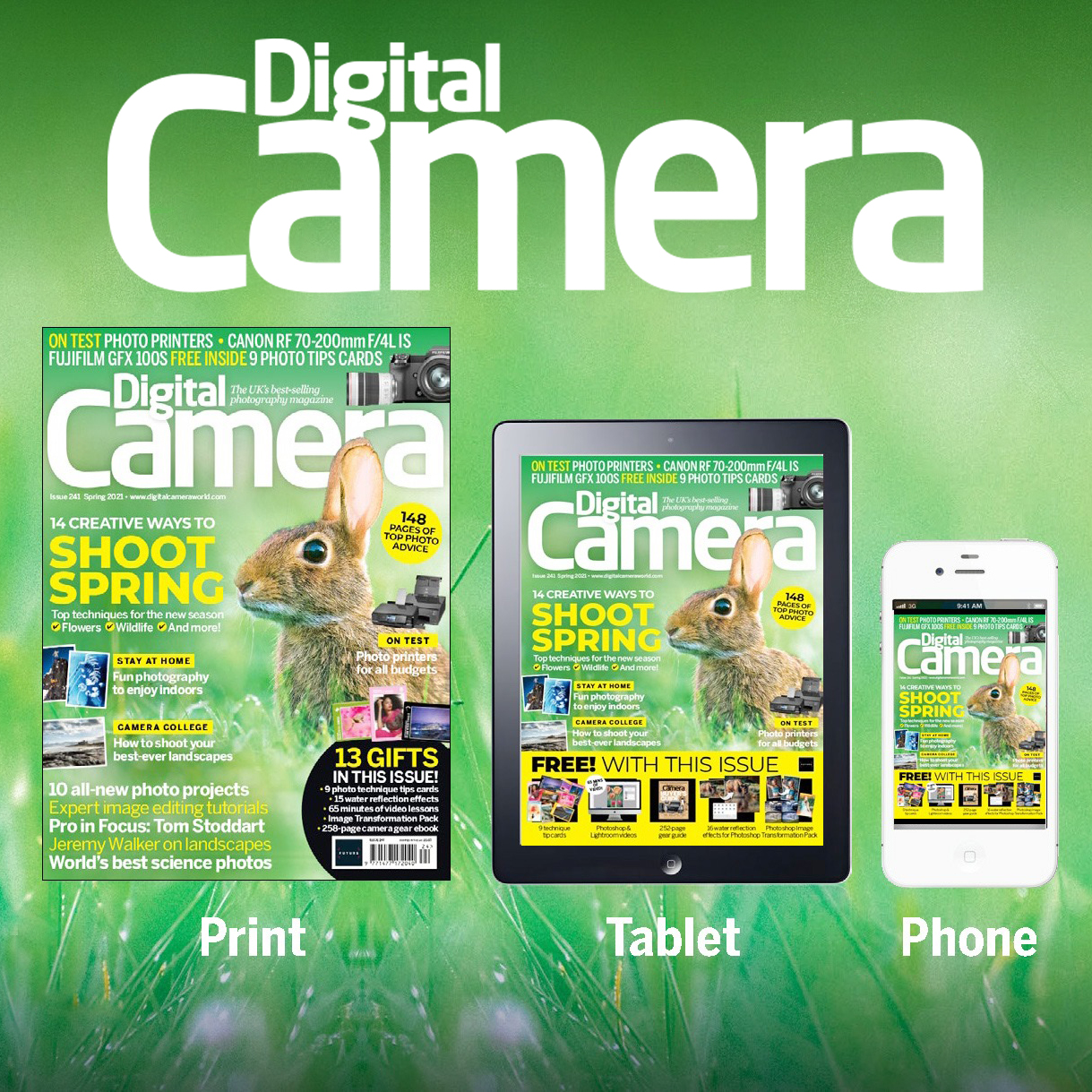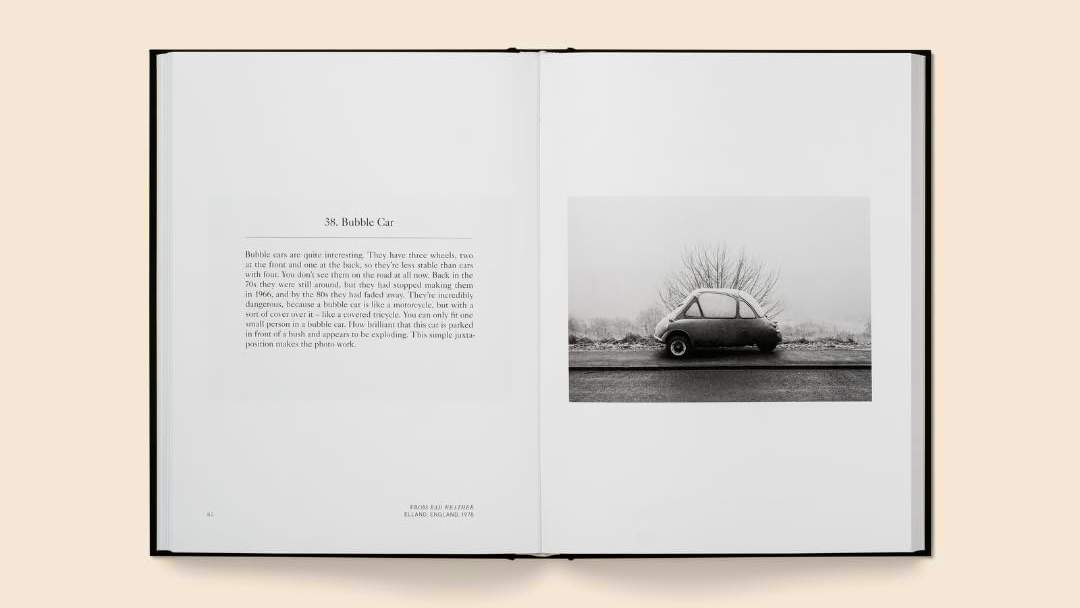Digital Camera World Verdict
Canon has created an excellent camera that makes a worthwhile upgrade from the 70D. It’s well-built with sensibly arranged controls, has good ergonomics and an extensive feature set, and can be set up to suit your shooting style. Most importantly, the image quality is superb with lots of detail.
Why you can trust Digital Camera World
UPDATED: The EOS 80D from Canon is intended for dedicated enthusiast photographers, a demanding group of people who want to be able to shoot a huge range of subjects in a variety of conditions. The camera features a 24-million-pixel sensor along with a DIGIC 6 processing engine; a combination that brings a native sensitivity range of ISO 100-16,000 – a full one-stop higher than the 70D – which you can expand to ISO 25,600 (the same as the 70D). Even though the EOS 80D was launched back in 2016, it's still arguably the best Canon camera for enthusiasts and anyone upgrading from a cheaper model. Although you must bear in mind that there is now a more-recent Canon EOS 90D to consider.
• Canon EOS 90D vs 80D vs 7D Mark II
The maximum continuous shooting rate is the same as the 70D’s at 7fps, but the burst depth has been increased to 110 JPEGs or 25 raw files when a UHS-1 SD card is used. That’s a significant step up from the 65 JPEG or 16 raw files possible with the 70D.
Modern DSLRs have two autofocus systems: one for when using the camera conventionally (in reflex mode), where images are composed in the viewfinder; and a second for use in Live View and video mode.
Canon has improved both of these systems for the 80D in comparison with the 70D. The reflex mode system, for instance, has 45 AF points, all of which are cross-type, whereas the 70D has 19 points.
It can also use colour information from the 7,560-pixel RGB+IR (infrared) metering sensor to help with subject tracking. This and the increased burst depth makes the 80D more attractive to keen sport and action photographers.
Turning to the Live View and video autofocus system, the 80D uses Dual Pixel CMOS AF technology like the 70D, which means it has phase detection points on the imaging sensor itself. The new system is more sensitive and faster than the one in the 70D, but because fast autofocusing often isn’t desirable when you’re shooting video, it’s possible to vary the speed of the 80D’s system over seven steps for slower focus changes.
The best camera deals, reviews, product advice, and unmissable photography news, direct to your inbox!
Read more
• Canon 77D vs 80D
• Canon EOS 90D review
• Best Canon lenses
• Best Canon cameras
• Best DSLR cameras in 2020
Canon gives touch-control over both the main and Quick Menus, and it can really speed up use. The Quick Menu is very useful, providing a speedy route to some of the most commonly used features. It would be nice, however, if this was customisable so that it only contained the features you use on a frequent basis.
Although the 80D’s screen is very good, the viewfinder is still the more natural option for most photographers to use when shooting stills, especially if the subject is moving. This also provides a bright view – and unlike the 70D’s viewfinder, which only covers 98% of the lens field of view, the 80D’s covers 100%. That means there are fewer surprises around the edge of the frame when you review your shots.
In an update on the 70D, it’s possible to select the Creative Filter mode via the 80D’s mode dial. When this is selected, one of 10 filter effects can be applied to JPEG images as they are shot. If you’re shooting raw files or raw+JPEG files, the camera switches automatically to shooting just JPEGs. Although it’s possible to use Creative Filters when composing images in the viewfinder, their impact can only be previewed on the main screen in Live View mode.
The 80D’s 24.2MP sensor makes a 25% increase in pixel count over the 70D’s, and it enables the new camera to make a significant step up in detail resolution for the majority of the sensitivity range without an increase in the level of noise. It’s noticeable, however, that at ISO 12,800 the 80D scores lower in our resolution tests than the 70D. However, when the default levels of noise reduction are applied, images shot at this sensitivity setting (and at ISO 16,000) look good.
Noise is controlled well and although some detail is lost, there’s no obvious smearing. We would advise caution with the uppermost setting of ISO 25,600, because some areas have a slight haze and lack detail when images are at around A4 size. But that’s why this value is an expansion setting: Canon makes it available for use if it’s really needed, but doesn’t consider the image quality entirely satisfactory.
Canon has given the 80D a significantly better autofocus (AF) system for use with the viewfinder than the 70D, so I was keen to put it to the test. It didn’t disappoint, getting stationary subjects sharp in a flash and keeping fast-moving subjects sharp, even in low light.
I experimented with the AF point selection modes when shooting skateboarders in the gloomy conditions of London’s Undercroft skate park, and found that the 45-point Automatic Selection option is pretty capable, probably aided by the new colour detection system. Single-point AF (Manual selection) mode also worked well provided I could keep the active point over the subject. That’s easier said than done when you’re shooting skateboarders, who are prone to jumping, twisting and turning, and I had greater success when using the Zone AF mode.
In this mode, the 45 AF points are grouped into nine zones and you select the most appropriate zone to use before starting to shoot. The camera then tracks the subject using the AF points within that zone. It’s a great option for moving targets and you see the points light up as they activate, giving you confidence that your images will be sharp. It’s not 100% fool-proof but I got a high hit rate, and it’s more reliable than 45-point Automatic Selection mode.
The Live View and Video mode AF system is also good. It’s fast enough to shoot stills of moving subjects in some situations, but the viewfinder system is more reliable. The Dual Pixel CMOS AF system’s focus shift is smooth enough to be usable when shooting video, but it is dependent upon the shooting scenario and speed of movement.
In reflex mode the 80D uses the same metering system as the 750D and 760D, which means there’s a 7,560-pixel RGB+IR (infrared) sensor and 63-zone Evaluative, Partial, Centre-weighted and Spot metering options. The evaluative system is very good, but the weighting applied to the active AF point can mean you need to apply exposure compensation in high-contrast situations. There’s nothing especially unusual in that.
When shooting in Live View mode, the 80D uses the imaging sensor to measure exposure, and it does a good job. However, if you’ve turned up the brightness of the screen to cope with bright ambient light, keep an eye on the histogram view: images may look brighter than they actually are.
Canon EOS 80D specifications
Sensor APS-C format with 24.2 million effective pixels
Focal length conversion 1.6x
Memory SD/SDHC/SDXC (UHS-1)
Viewfinder Optical covering 100%
Max video resolution Full HD (1920 x 1080)
ISO range 100-16,000, expandable to 25,600
Autofocus points 45, all cross-type
Max burst rate 7fps
Screen Three-inch 1,040,000-dot Clear View II TFT
Shutter speeds 30-1/8,000sec, Bulb
Weight 650g (body only)
Dimensions 139 x 105 x 79mm
Power Supply Lithium-ion LP-E6N (supplied)
Lab results
We use Imatest and DxO Analyzer hardware and software to test cameras for their colour accuracy (colour error) signal to noise ratio (the amount of noise in the images) and dynamic range (their ability to capture detail in very bright and dark areas). We also pick three rival cameras to test them against.
Color error
While colours aren’t as saturated as in images from the Pentax K-3 II, the 80D’s shots are a little more saturated than is technically correct. Still, they make for attractive results.
Sigma-to-noise ratio
On the whole, the Canon 80D’s images are a little cleaner than the 70D’s. It only drops slightly behind the Pentax K-3 II and Sony Alpha 77 II at the top sensitivity values.
Raw dynamic range
Canon has squeezed more dynamic range from the 80D than the 70D, indicating images have a better range of tones. However, the K-3 II achieves higher values.
Canon EOS 80D verdict
Canon has created an excellent camera that makes a worthwhile upgrade from the 70D. It’s well-built with sensibly arranged controls, has good ergonomics and an extensive feature set, and can be set up to suit your shooting style. Most importantly, the image quality is superb with lots of detail.
Read more
• Canon 77D vs 80D
• Canon EOS 90D review
• Best Canon lenses
• Best Canon cameras
• Best DSLR cameras in 2020
The sister print publication to this website, Digital Camera Magazine is Britain's best-selling photography publication – and it can also be purchased outside the United Kingdom as Digital Camera World.
Digital Camera Magazine is packed with more expert advice and more inspirational images than any other title, with the sole aim of helping you become a better photographer. Every issue we also bring you a selection of great gifts which are designed to help you get more from your photography – everything from tips cards and cheat sheets to free software and bookazines.
In addition to inspirational images, interviews, projects, mini tests and tutorials, each issue is packed with news, reviews and comparisons, as well as photographer vs photographer shootouts and head-to-head challenges using the best photo editing software.
The magazine is captained by Editor Niall Hampton.

